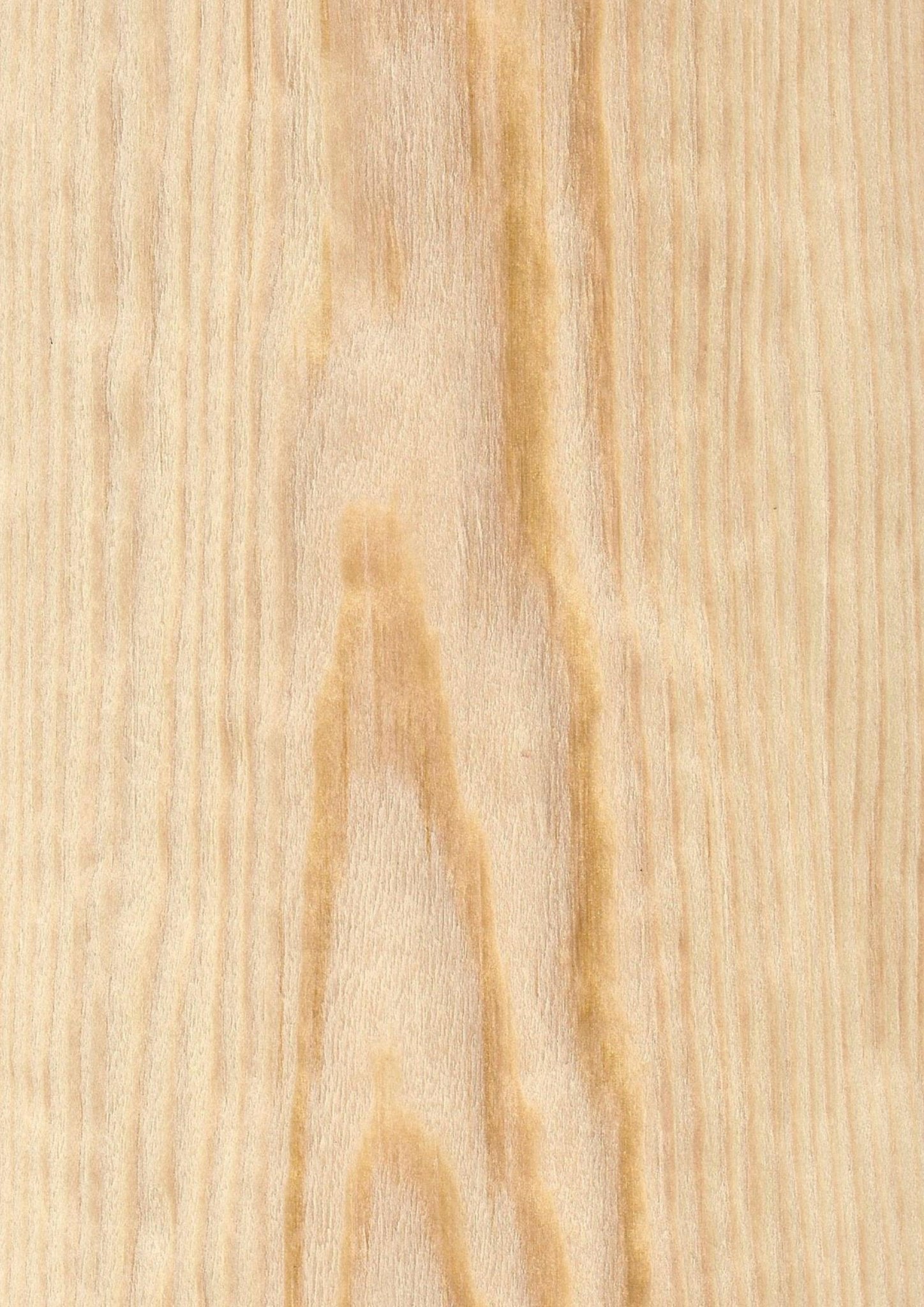Below is the technical information surrounding our Baltic Pine veneer.
Family: Pinaceae
Commercial Names:
Other Names: European silver pine (UK); white deal and 'white' (UK); Baltic, Finnish, etc. whitewood (according to port of shipment) see also related spp. for fir and spruce names.
Distribution: Widely distribt: ed throughout Europe, with the exception of Denmark and the Netherlands, but including the UK and western Russia.
General Description:The timber varies from almost white to pale yellowish-brown with a
natural lustre. The growth rings viewed on the plain sawn surfaces arc less prominent than
those of Scots pine. Resinous but not obtrusive. Straight grained and with a fine texture.
Weight 470 kg/m3 (29 lb/ft3); specific gravity .47.
Mechanical Properties: Spruce has low stiffness and resistance to shock loads, medium
bending and crushing strengths. It has a very poor steam bending classification.
Seasoning: Dries rapidly and well with little tendency for splitting or checking, although
knots may split and loosen. There is some risk of distortion in young growth timber with
pronounced spiral grain. Medium movement in service.
Seasoning: Dries rapidly and well with little tendency for splitting or checking, although
knots may split and loosen. There is some risk of distortion in young growth timber with
pronounced spiral grain. Medium movement in service.
Working Properties:With sharp cutters, spruce works easily with hand or machine tools
with little dulling effect on the cutters, and gives a good clean finish. It takes nails
satisfactorily, glues well, takes stain, paint and varnish for a smooth finish.
Durability: Damage by longhorn and pinhole borer beetles, and by wood-wasps. Sapwood
susceptible to attack by the common furniture beetle. The wood is non-durable and resistant
to preservative treatment.
Uses: Larger timber is used for interior construction, interior joinery and carpentry, boxes
and crates. Smaller trees used in the round for scaffold or flag poles, masts, pitprops, etc.
Spruce from the UK is seldom used for high-class joinery, and suitable only for building
work, carcassing, carpentry and domestic flooring. Spruce from central and eastern Europe
produces musical "tone" woods for soundboards of pianos and bellies of violins and guitars
281
and for the soundboards of key instruments, due to its unsurpassed resonance qualities.
Rotary cut for plywood manufacture (in conjunction with Pinus sylvestris) and sliced for face
veneers. Thinnings sold as Christmas trees.




